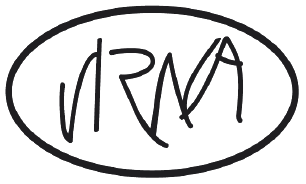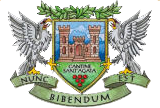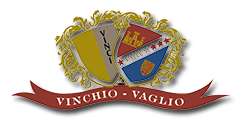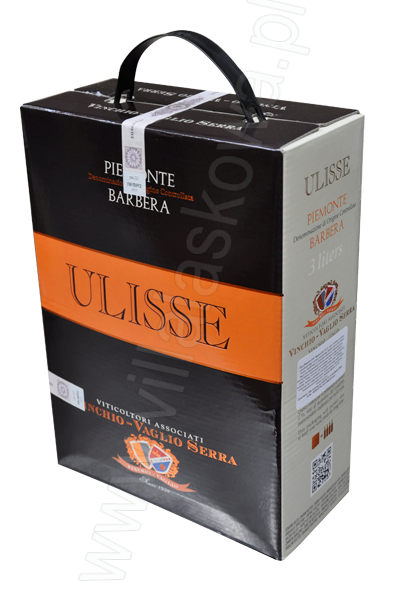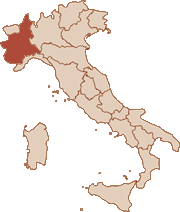 Piemonte
Piemonte, one of the largest wine regions of Italy situated in the northwest part of the country, with an area of 23 399 km². Its landforms consist of plains (24,4%), hills (30,3%), and mountainous areas (43,3%) – the mountain ranges of the Alps in the highest parts more than 4000 metres high, Monte Rosa and Gran Paradiso.
This unique position and two big rivers flowing through Piemonte – Pad and Tanaro provide excellent conditions for grape growing, and due to big temperature differences grapes accumulate aroma compounds.
The ancient Greeks reaching the Ligurian ports apart from the amphors full of wine, brought with them cuttings of grapes and began wine cultivation on the inland areas. After the fall of the Roman Empire and the invasions of barbarians wine cultivation developed all the time. Since the Middle Ages the city of Asti has been widely known for its
good and fine wines
. There was the first mention about Nebbiolo - the most famous grape of this region.
Since the second half of the 18th century the wine sector has been developing fast due to the involvement of wealthy aristocrats which often were in the expertise of French oenologists. For example Count of Cavour which was first prime minister in the United Kingdom of Italy but also a great enthusiast of wine. Cavour run the vineyards in Castiglione Faletto (in the Langhe zone) and was dedicated to ampelography (the science of grape varieties and their cultivation).
Piemonte is a unique region and the best proof of that is a wide range of indigenous grape types among which the best known are Nebbiolo, Moscato, Barbera, Grignolino, Dolcetto, Cortese, Freisa and many more. King of wines
and wine of kings
is, of course, Barolo originating in Alba. It is made from the Nebbiolo grape and its cousin of the equal fame called Barbaresco is produced from the same grape too.
Other excellent wine zones are situated in the environs of Asti, Asti and Alessandria - the Monferrato zone dominated by Barbera and Moscato, the Roero area, leftbank side of the river Tanaro with a wellknown Arneis, a white varietal wine called with the same name, Alto Piemonte (The Upper Piemonte or Northern Piemonte) with Ghemme and Gattinara wines made from the Nebbiolo, and also many other smaller winemaking areas with unique wines.
Wine cultivation in the Pimonte is characterized by piccolo proprietà
- so called small winemakers. The passion and commitment of the estate owners to their hard work resulted in creating the finest wines. Piemonte is the only region that boasts the largest amount of appellations, as many as 16 wines fit DOCG (controlled designation of origin guaranteed ) and 42 DOC regulations (controlled designation of origin).








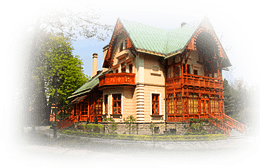
 Piemonte, one of the largest wine regions of Italy situated in the northwest part of the country, with an area of 23 399 km². Its landforms consist of plains (24,4%), hills (30,3%), and mountainous areas (43,3%) – the mountain ranges of the Alps in the highest parts more than 4000 metres high, Monte Rosa and Gran Paradiso.
Piemonte, one of the largest wine regions of Italy situated in the northwest part of the country, with an area of 23 399 km². Its landforms consist of plains (24,4%), hills (30,3%), and mountainous areas (43,3%) – the mountain ranges of the Alps in the highest parts more than 4000 metres high, Monte Rosa and Gran Paradiso.
